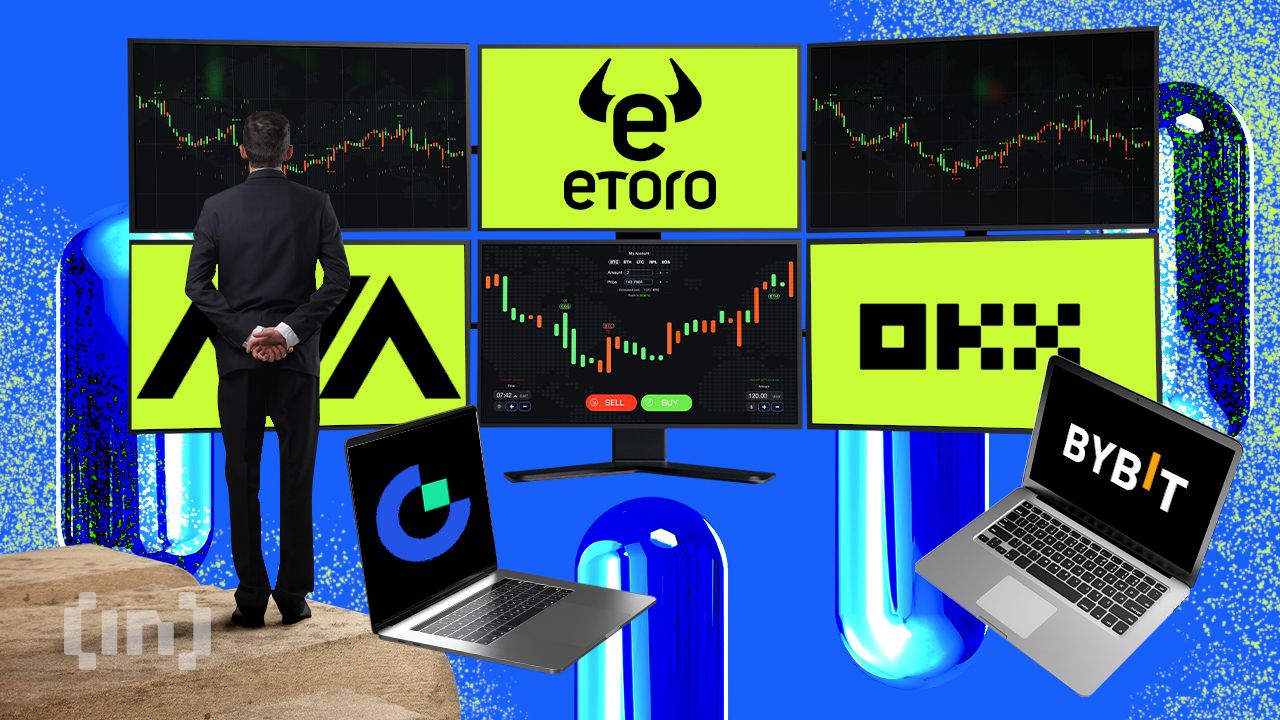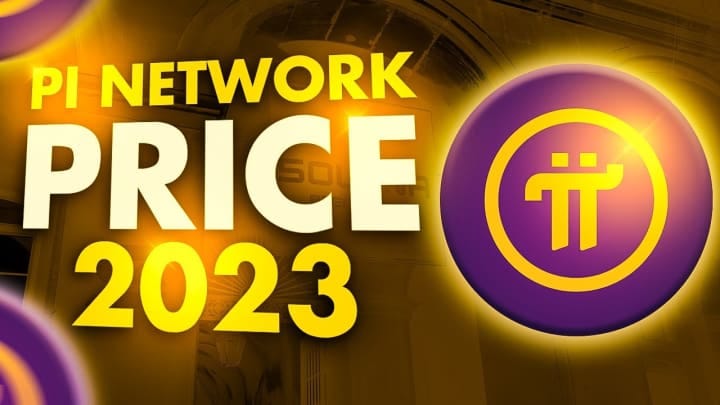How Pi Network Plans To Build A Crypto-powered Digital Economy

Executive Summary

Pi Network, a novel cryptocurrency project, aims to democratize access to the digital economy by creating a user-friendly and accessible cryptocurrency that can be mined on mobile devices. Unlike other cryptocurrencies requiring significant computing power, Pi Network leverages a consensus mechanism that allows users to mine Pi coins with minimal energy consumption. This approach aims to overcome the barrier to entry that many find prohibitive in traditional cryptocurrencies. Pi Network’s strategy involves a phased rollout, beginning with mining, followed by the development of a robust ecosystem of applications and services built upon its blockchain. The long-term vision is to create a fully functional, decentralized digital economy where Pi can be used for transactions, payments, and access to a variety of services. This document will delve into the key aspects of Pi Network’s ambitious plan, examining its unique approach to mining, its ecosystem development strategy, and the challenges it faces in realizing its vision.
Introduction
The world of cryptocurrency is often shrouded in complexity and technical jargon, making it inaccessible to the average person. Pi Network aims to change this. By enabling users to mine cryptocurrency on their smartphones, Pi Network seeks to lower the barrier to entry into the crypto space, fostering wider adoption and making cryptocurrency a more integral part of everyday life. The project is ambitious, proposing a decentralized economy powered by its native token, Pi, with a focus on accessibility, sustainability, and inclusivity. This exploration will examine the key strategies and challenges faced by Pi Network in its quest to build a thriving, crypto-powered digital economy.
Frequently Asked Questions (FAQ)
-
Q: How does Pi mining work? A: Pi mining is designed to be simple and accessible. Users download the Pi Network app, and verify their identity, completing security checks periodically to mine Pi. The mining process consumes minimal energy, unlike traditional proof-of-work cryptocurrencies.
-
Q: Is Pi Network a legitimate project? A: Pi Network’s legitimacy is a subject of ongoing debate. While the project boasts a large user base, it’s important to acknowledge that the value of Pi is currently speculative. Thorough research and due diligence are crucial before investing any significant amount of time or resources.
-
Q: What is the future of Pi Network? A: The future of Pi Network hinges on the success of its planned ecosystem expansion. The introduction of the Pi Network marketplace and the widespread adoption of Pi for transactions and services will be crucial factors determining its future value and viability. The project’s success is contingent upon its ability to deliver on its promises and overcome technological and regulatory hurdles.
Pi Network’s Mobile Mining Strategy
Pi Network’s unique selling proposition is its mobile-first mining approach. Unlike Bitcoin or Ethereum, which require powerful, energy-intensive hardware, Pi can be mined using a smartphone app. This democratizing approach significantly lowers the barrier to entry for individuals interested in participating in the cryptocurrency world.
-
Simplicity: The app is designed for ease of use, minimizing technical expertise needed to participate. Users can mine Pi passively while using their phones.
-
Accessibility: The app is available on both Android and iOS, making it accessible to a vast audience with different smartphone preferences.
-
Sustainability: The consensus mechanism used in Pi Network consumes far less energy compared to other cryptocurrencies, making it a more environmentally friendly option.
-
Security: While security protocols are continuously being improved, the centralized nature of the initial phase raises questions regarding the long-term security and decentralization of the network.
-
Scalability: The mobile-first approach presents unique challenges in scaling the network to handle a massive increase in users and transactions.
The Pi Network Ecosystem Development
Pi Network envisions a robust ecosystem built upon its blockchain. This ecosystem will extend beyond mere cryptocurrency transactions, encompassing a range of decentralized applications (dApps) and services.
-
Decentralized Applications (dApps): The platform aims to attract developers to build various dApps, adding functionality and value to the network.
-
Marketplace: A peer-to-peer marketplace will allow users to buy and sell goods and services using Pi, fostering a self-contained digital economy.
-
Payment Gateway Integration: The network plans to integrate Pi as a payment option in various online and offline businesses, driving mainstream adoption.
-
Community Engagement: Pi Network’s success is heavily reliant on community engagement and growth. A thriving community is vital to the network’s sustainability and expansion.
-
Partnerships: Strategic partnerships with businesses and organizations are crucial for expanding the network’s reach and utility.
The Challenges Faced by Pi Network
Despite its innovative approach, Pi Network faces significant challenges in its path to building a fully functioning digital economy.
-
Network Security: As with any cryptocurrency, security remains a significant challenge. Ensuring the security of the network and user funds is paramount to maintaining trust and adoption.
-
Regulation: The regulatory landscape for cryptocurrencies is constantly evolving and varies significantly across jurisdictions. Navigating regulatory hurdles will be crucial for the project’s long-term viability.
-
Scalability: Handling a large and growing user base and a high volume of transactions requires a robust and scalable infrastructure. Failure to achieve scalability could hinder the network’s growth and adoption.
-
Token Value Volatility: The value of Pi, like other cryptocurrencies, is subject to significant volatility. Maintaining user confidence during periods of volatility is critical.
-
Maintaining Decentralization: The initial phases of Pi Network appear centralized. Successfully transitioning to a fully decentralized network while retaining security and scalability remains a significant hurdle.
Pi Network’s Future and the Path to Mass Adoption
Pi Network’s ambitious vision of a crypto-powered digital economy hinges on several factors. Successfully launching its mainnet, attracting developers to build upon its blockchain, and achieving widespread adoption of Pi as a medium of exchange are crucial milestones. Overcoming the challenges related to scalability, security, and regulation will be pivotal in determining whether Pi Network can realize its goals and disrupt the traditional financial system. The project’s ability to foster a strong, engaged community will also play a vital role in its long-term success. The future remains uncertain, but Pi Network’s innovative approach to cryptocurrency mining and its long-term vision hold potential for significant impact on the landscape of digital finance. The next few years will be crucial in determining its ultimate success or failure.
Conclusion
Pi Network’s ambitious goal of building a crypto-powered digital economy is a significant undertaking. Its novel approach to mobile mining offers a potentially revolutionary way to make cryptocurrency accessible to a wider audience. However, realizing this vision requires overcoming substantial challenges related to security, scalability, regulation, and token value stability. The success of Pi Network hinges upon its ability to build a robust and secure ecosystem, attract developers and users, and navigate the complex regulatory landscape of the cryptocurrency world. While uncertainty remains, the project’s innovative spirit and community-driven approach offer a glimpse into a future where cryptocurrency plays a much larger role in everyday life.
Keyword Tags
Pi Network, Cryptocurrency, Mobile Mining, Decentralized Economy, Digital Finance



